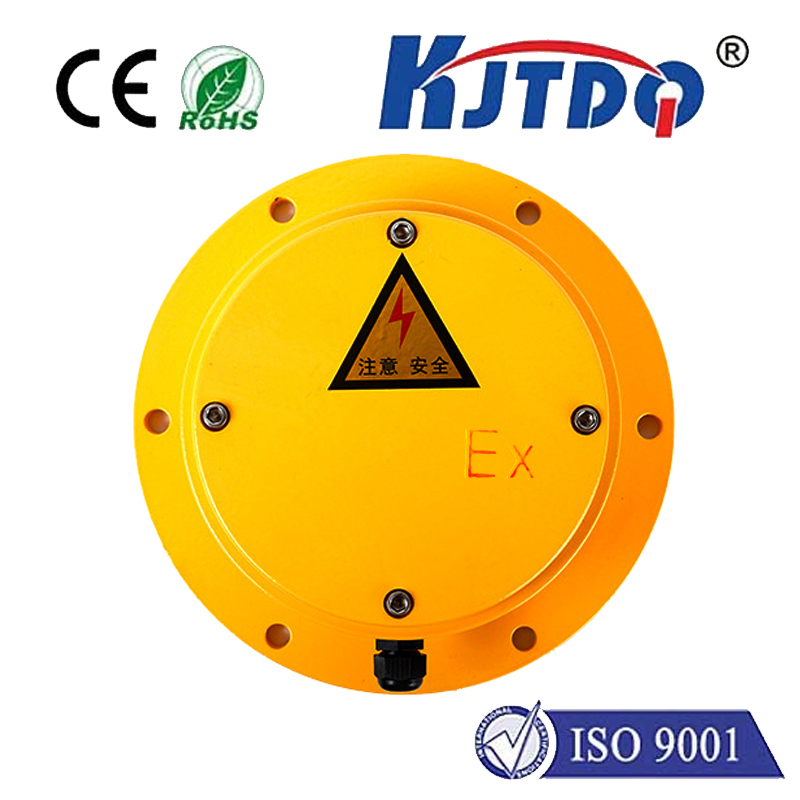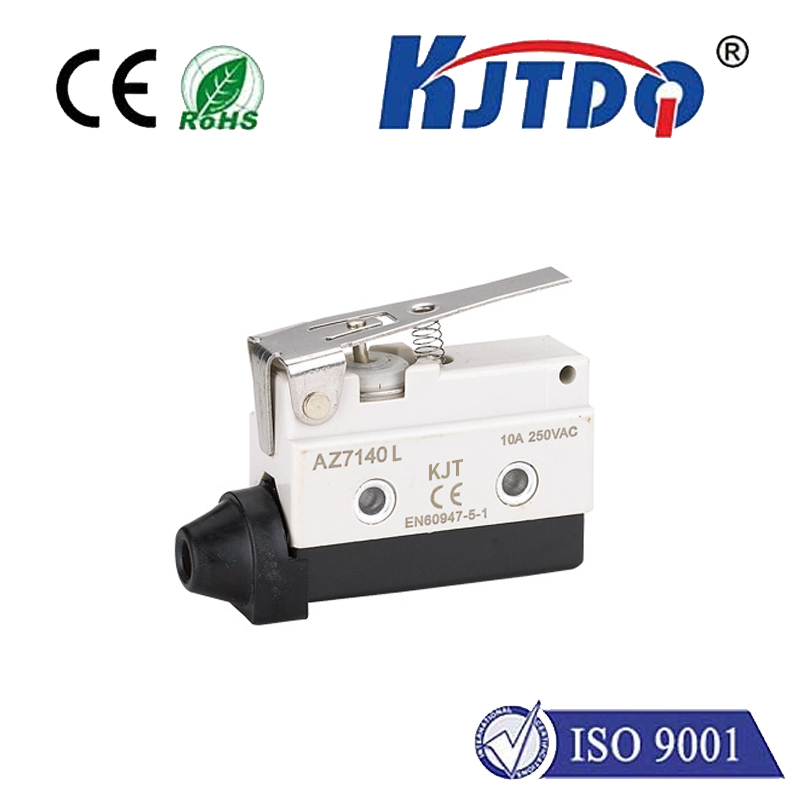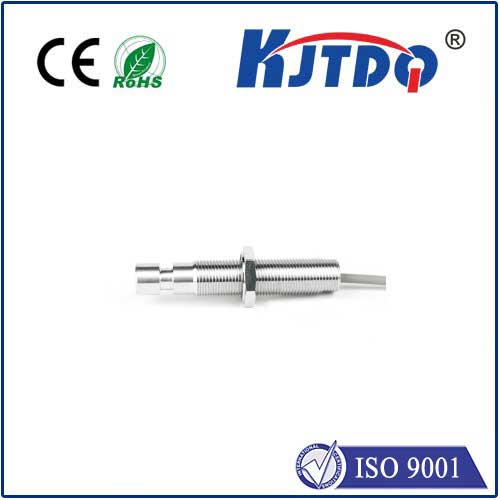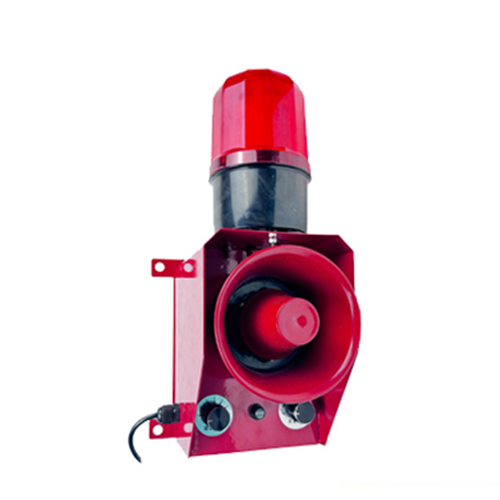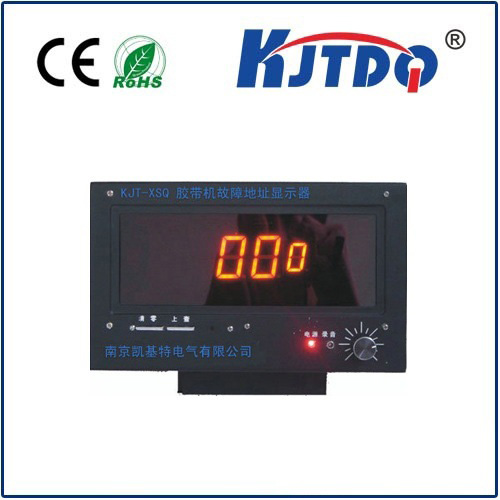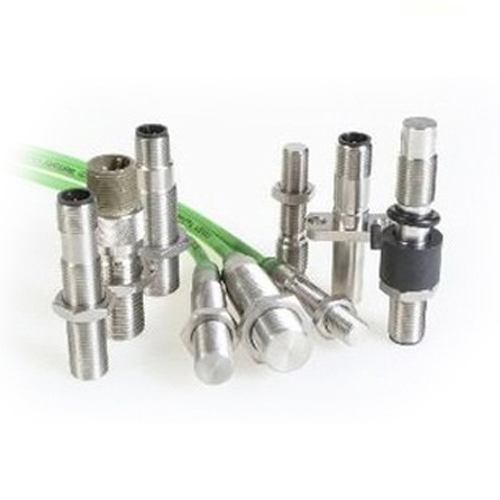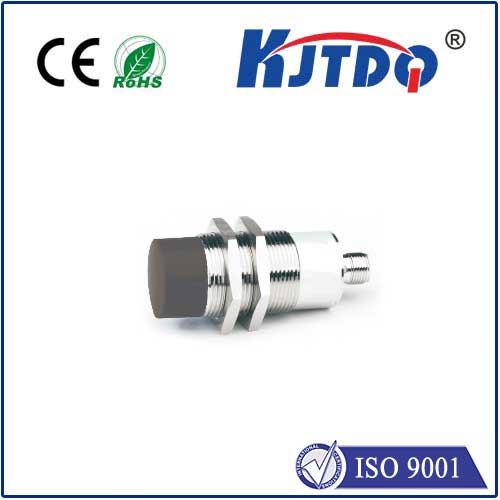optical gas sensor working principle
- time:2025-08-16 02:40:11
- Click:0
Illuminating Safety: The Science Behind Optical Gas Detection
Optical Gas Sensor Working Principle: Sensing the Invisible with Light
Imagine needing to detect an invisible, potentially lethal gas leak, or precisely monitor air quality components critical for industrial processes or environmental health. Traditional sensors often struggle with specificity, lifespan, or harsh conditions. This is where optical gas sensors shine – literally. By harnessing the fundamental interaction between light and matter, these advanced sensors offer a powerful, reliable, and often contactless method for gas detection. Understanding their working principle reveals why they are becoming the gold standard in numerous critical applications.
The Core Principle: Light Meets Gas Molecules
At the heart of every optical gas sensor lies the principle of molecular absorption spectroscopy. This science is based on a simple truth: different gas molecules absorb light at very specific, unique wavelengths (colors) within the electromagnetic spectrum. Like a fingerprint, the absorption pattern is characteristic of the particular molecule’s structure and composition.
When a beam of light passes through a gas sample:

- Transmission: If the light wavelength does not correspond to an absorption line of any gas present, it passes through largely unaffected.
- Absorption: If the light wavelength does match an absorption line of a target gas molecule present in the sample, the molecule absorbs some of the light energy.
- Detection & Measurement: The sensor measures the intensity of light after it passes through the sample and compares it to the original intensity (or a reference beam). The degree of light attenuation (reduction in intensity) directly correlates to the concentration of the target gas molecules present in the optical path. This relationship is governed by the Beer-Lambert law.
Navigating the Spectrum: Infrared vs. UV-Visible
While the fundamental principle remains absorption spectroscopy, the specific region of the electromagnetic spectrum used depends heavily on the target gas:
Infrared (IR) Absorption Spectroscopy: This is the most prevalent technique for optical gas sensing, especially for gases like CO₂, CH₄ (methane), SO₂, NOx, CO, hydrocarbons, and many volatile organic compounds (VOCs). Why? Because many gases have strong, distinctive absorption bands in the mid-infrared region (typically 3-20 µm wavelength), corresponding to the vibrational and rotational energy levels of their molecules. These absorption features provide excellent selectivity.
Ultraviolet-Visible (UV-Vis) Absorption Spectroscopy: Some gases, particularly those with specific electronic structures like O₃ (ozone), NO₂, SO₂, H₂S, and certain VOCs, exhibit strong absorption features in the ultraviolet (UV) or visible (Vis) regions (typically 200-700 nm). Sensors targeting these gases utilize light sources and detectors optimized for these shorter wavelengths.
Key Optical Gas Sensing Techniques: Bringing Theory to Practice
Several sophisticated techniques build upon the core absorption principle to enhance performance:
- Non-Dispersive Infrared (NDIR):
- Concept: The workhorse of optical gas sensing. It uses broadband IR sources (like micro-machined thermal emitters - MEMS IR - or traditional filaments) to emit light covering a wide range of IR wavelengths.
- Selectivity: An optical bandpass filter is placed in front of the detector. This filter is meticulously chosen to allow only the specific IR wavelength absorbed by the target gas to pass through to the detector.
- Measurement: The detector measures the intensity at this specific wavelength after the light has traversed the gas sample (measurement channel). Often, a second detector with a filter at a wavelength not absorbed by the target gas (or any common interferents) serves as a reference channel to compensate for signal drift, source degradation, and dust accumulation.
- Advantages: Relatively simple design, robust, cost-effective, high specificity due to the filter. Dominates CO₂ sensing and many combustible gas monitors.
- Limitation: Primarily suitable for gases with strong, isolated absorption bands.
- Tunable Diode Laser Absorption Spectroscopy (TDLAS):
- Concept: Employs narrow-band tunable lasers (typically near-infrared - NIR - or mid-infrared - MIR) as the light source. The laser wavelength is precisely scanned or modulated across a very narrow spectral range containing a specific, very sharp absorption line of the target gas.
- Selectivity: Achieves extraordinary selectivity by focusing on a single, well-isolated absorption line. This minimizes cross-sensitivity to other gases with overlapping broad absorption bands.
- Sensitivity & Accuracy: Enables high sensitivity (parts-per-billion or even trillion levels) and high precision due to the laser’s stable, narrow linewidth and advanced detection techniques like wavelength modulation spectroscopy (WMS).
- Advantages: Superior specificity, ultra-high sensitivity, fast response, quantitative measurements, excellent long-term stability. Ideal for trace gas detection, process control, and demanding environments like emissions monitoring.
- Limitations: Generally more complex and expensive than NDIR due to laser requirements.
- Photoacoustic Spectroscopy (PAS):
- Concept: Utilizes the photoacoustic effect. Pulsed or modulated light at the absorption wavelength of the target gas passes through the sample. Absorbed light causes the gas molecules to heat up and expand rapidly, creating a pressure wave (sound). A sensitive microphone (acoustic transducer) inside a specially designed cell detects this sound wave.
- Measurement: The amplitude of the generated sound wave is directly proportional to the gas concentration.
- Advantages: Highly sensitive (especially for trace gases), excellent for compact sensor designs as sensitivity scales with light intensity and modulation frequency, inherent zero-background measurement since no sound is generated without absorption.
- Disadvantages: Can be sensitive to external acoustic noise and vibration; requires a sealed cell.
Why Choose Optical Gas Sensors? Key Advantages
The working principle underpins several compelling benefits over traditional electrochemical or catalytic bead sensors:
- High Specificity: Leveraging unique molecular absorption “fingerprints” minimizes false alarms from interfering gases.
- Exceptional Long-Term Stability: No chemical reactions consume sensing elements, leading to dramatically longer lifespans (often years vs. months) and reduced maintenance.
- Contactless Measurement: Light interacts with the gas without physical contact between the sensitive components and the gas sample, enhancing reliability in corrosive or high-temperature environments.
- Fast Response Times: Particularly true for TDLAS, enabling real-time monitoring crucial for safety applications.
- Wide Measurement Range: Capable of measuring concentrations from trace (ppb) levels up to high percentages.
- Immunity to Poisoning: Unlike catalytic sensors, optical sensors are not poisoned by silicones, lead, or sulfur compounds.
- Low or No Oxygen Dependence: Many optical techniques (especially IR-based) function reliably in inert or oxygen-free atmospheres.
Applications: Where Light-Based Detection Prevails
The inherent advantages of optical gas sensors make them indispensable across diverse sectors:
- Industrial Safety: Fixed and portable detectors for combustible gases (methane, propane) and toxic gases (CO, H₂S) in refineries, chemical plants, mines.
- Environmental Monitoring: Measuring greenhouse gases (CO₂, CH₄, N₂O), air pollutants (NOx, SO₂, O₃), and VOCs for regulatory compliance and climate research.
- Medical & Life Sciences: Breath analysis for disease diagnostics (e.g., exhaled NO for asthma), anesthesia gas monitoring, and CO₂ monitoring in incubators.
- Building Automation & HVAC: Optimizing ventilation via CO₂ level monitoring in offices, schools, and homes.
- Process Control: Ensuring product quality and safety by monitoring gas concentrations in food packaging, semiconductor manufacturing, and pharmaceutical production.
- Leak Detection: Pinpointing leaks in natural gas pipelines or refrigeration systems using tunable laser spectroscopy for surveys.
From leveraging the unique light-absorbing properties of gases to sophisticated detection techniques like NDIR, TDLAS, and PAS, optical gas sensors translate fundamental physics into practical solutions. Their reliance on molecular spectroscopy grants them unparalleled












